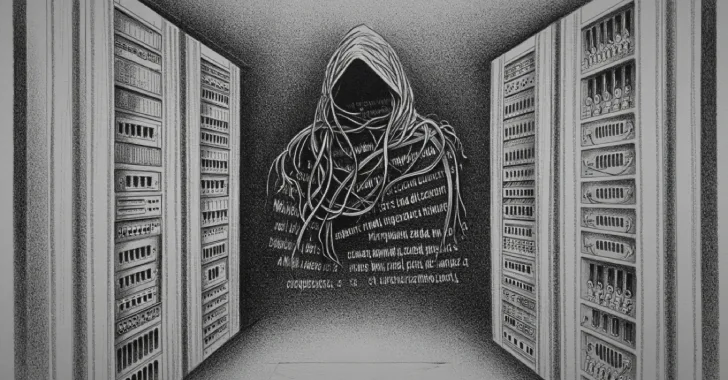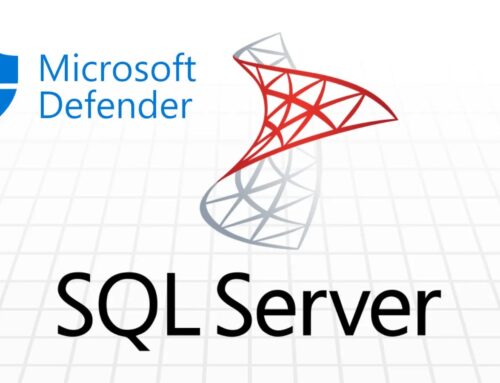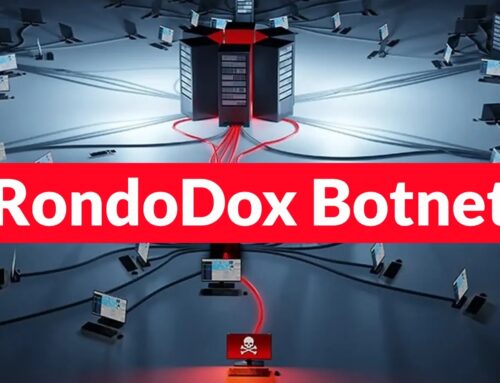
Taiwan Web Servers Breached by UAT-7237 Using Customized Open-Source Hacking Tools
Unmasking UAT-7237: The APT Group Pilfering Taiwan’s Web Infrastructure
The digital frontier is a constant battleground, and the recent breach of Taiwan’s web servers by a sophisticated advanced persistent threat (APT) actor, UAT-7237, underscores this reality. This group, believed to be active since at least 2022, has been systematically targeting critical web infrastructure in Taiwan, not for immediate disruption, but to establish long-term, clandestine access within high-value environments. Understanding their tactics, techniques, and procedures (TTPs) is paramount for organizations to bolster their defenses.
The UAT-7237 Threat Actor Profile
Cisco Talos has attributed this activity to a cluster they designate UAT-7237. This Chinese-speaking APT actor exhibits a clear strategic objective: persistent access. Their methodical approach to target selection and tool customization suggests a well-resourced and patient adversary. The focus on web infrastructure entities indicates an interest in gaining a foothold that can provide access to sensitive data, control over web services, or serve as a launchpad for further network penetration.
Customized Open-Source Tools: A Signature Tactic
A defining characteristic of UAT-7237’s operations is their reliance on customized versions of open-source hacking tools. This approach offers several advantages for the attacker:
- Reduced Development Overhead: Leveraging existing tools saves significant time and resources compared to developing proprietary malware from scratch.
- Evasion of Signature-Based Detection: Custom modifications, even subtle ones, can alter the tool’s signature, making it harder for traditional antivirus and intrusion detection systems to identify.
- Plausible Deniability: The use of publicly available tools can, in some cases, make attribution more challenging, though sophisticated analysis can often link modifications back to specific threat actors.
While the specific tools employed by UAT-7237 were not detailed in the initial report, the use of open-source resources like reconnaissance scripts, web shells, or privilege escalation tools is common among APT groups for initial access, persistence, and lateral movement.
Strategic Intent: Long-Term Access and High-Value Targets
UAT-7237’s primary objective is not rapid data exfiltration or immediate sabotage, but rather the establishment of long-term access. This grants them the ability to:
- Conduct Extensive Reconnaissance: Map out network architecture, identify critical assets, and understand operational procedures.
- Exfiltrate Sensitive Data Continuously: Steal intellectual property, government secrets, or personal information over extended periods without immediate detection.
- Prepare for Future Operations: Lay groundwork for more disruptive attacks, supply chain compromises, or espionage campaigns at a later date.
Their focus on “high-value victim environments” suggests targets with significant strategic importance, such as government agencies, critical infrastructure providers, technology companies, or research institutions.
Remediation Actions and Proactive Defenses
Organizations, particularly those in Taiwan and surrounding regions, must take immediate steps to mitigate the risk posed by UAT-7237 and similar APT groups.
- Patch Management: Implement a rigorous patch management program, especially for web servers and their underlying operating systems and applications. Vulnerabilities like those covered by CVEs (e.g., CVE-2023-XXXXX – *placeholder, a specific CVE was not mentioned in the source*) are frequently exploited for initial access.
- Web Application Firewall (WAF) Deployment: Deploy and properly configure WAFs to detect and block common web-based attacks, including injection flaws and cross-site scripting (XSS) attempts.
- Endpoint Detection and Response (EDR) Implementation: Utilize EDR solutions to monitor endpoints for suspicious activity, detect customized malware, and identify signs of lateral movement.
- Network Segmentation: Implement strong network segmentation to prevent attackers from freely moving across the network once an initial breach occurs.
- Least Privilege Principle: Enforce the principle of least privilege for all user accounts and services.
- Regular Security Audits and Penetration Testing: Conduct frequent security audits and penetration tests to identify vulnerabilities before adversaries can exploit them.
- Threat Intelligence Sharing: Participate in threat intelligence sharing initiatives to stay informed about emerging threats and TTPs.
- Employee Security Awareness Training: Educate employees on phishing, social engineering, and other common attack vectors.
Tools for Detection and Mitigation
| Tool Name | Purpose | Link |
|---|---|---|
| Snort | Intrusion Detection/Prevention System (IDS/IPS) for network traffic analysis. | https://www.snort.org/ |
| Zeek (formerly Bro) | Network Security Monitor (NSM) for comprehensive network traffic analysis and logging. | https://zeek.org/ |
| OWASP ZAP | Open-source web application security scanner. | https://www.zaproxy.org/ |
| Nmap | Network scanner for host discovery and service enumeration. | https://nmap.org/ |
| YARA | Allows for custom rule creation to identify malware families based on textual or binary patterns. | https://virustotal.github.io/yara/ |
Conclusion
The activity of UAT-7237 serves as a stark reminder of the persistent and evolving threat landscape. Their strategic focus on long-term access within high-value web infrastructure, coupled with the sophisticated customization of open-source tools, necessitates a multi-layered and proactive cybersecurity posture. Organizations must not only focus on preventing initial breaches but also on rapid detection, containment, and eradication of persistent threats. Continuous monitoring, robust patch management, and a strong emphasis on threat intelligence are crucial elements in defending against adversaries like UAT-7237.





